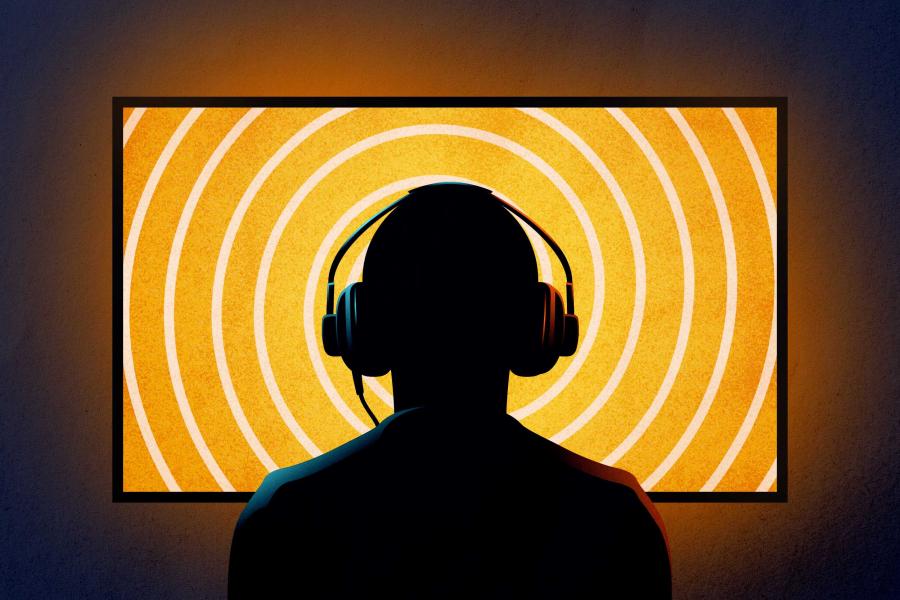The phrase “doctor’s orders” does not hold much weight with Generation Z.
A new global survey from communications firm Edelman found about 45% of respondents ignore advice from trained medical professionals, choosing instead to trust their friends or family – most of whom were born between 1997 and 2012, squarely in Gen Z territory.

Stefanie Sequeira is an assistant professor of psychology at the University of Virginia who studies adolescent development and mental health. She said it’s important that young people know to question emotionally charged online content. (Photo by Lathan Goumas, University of Virginia)
In the survey of more than 16,000 people aged 18 to 34, across 16 countries, 38% said they rejected doctors’ guidance in favor of information from social media.
The growing influence of “crunchy teens” – social media-savvy young people who are hyper-focused on wellness and sometimes tout questionable theories – has also emerged.
Stefanie Sequeira, an assistant professor of psychology at the University of Virginia, said teens have long been thoughtful skeptics, and questioning authority is a healthy and essential part of their development as they seek autonomy and independence.
“When we think back to movies about teens in the ’80s and ’90s, so much of it is about teens kind of rejecting authority and challenging the establishment,” Sequeira, a clinical psychologist and expert in adolescent development and mental health, said. “I think it’s encouraging to some extent to see teens questioning what they’re being told in different spaces and questioning established norms.”
‘They're really susceptible to peer influence’
Sequeira thinks of adolescence as a period from 10 to 24, starting with the onset of puberty. She said it’s a time of significant maturation, with physical changes and brain, social and emotional development.
“We know developmentally, adolescents are really tasked with figuring out who they are, developing a unique identity separate from their parents and families in the context of these peer groups that they are entering,” she said. “They're really susceptible to peer influence. We know that there’s increased brain responsivity to peer feedback during this time.”
When you add social media to the mix, suddenly teens’ peer groups explode far beyond the size of their middle and high schools. Suddenly, their social standing is measured in numbers – likes, followers, friends and views – adding a new layer of pressure and visibility.










